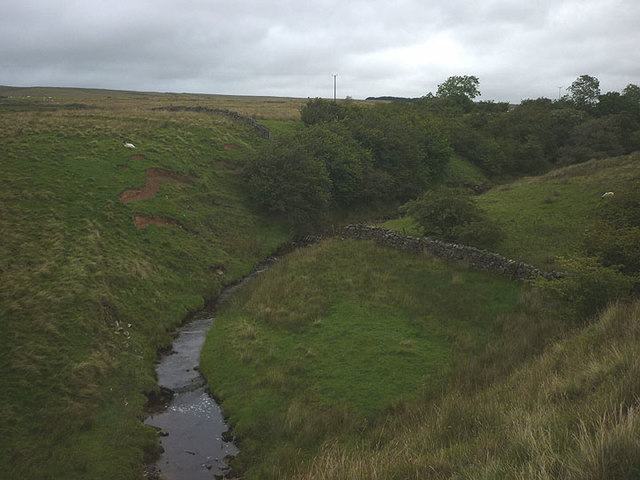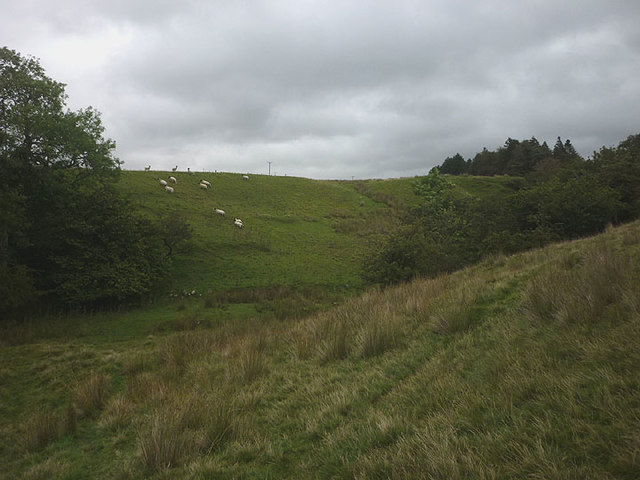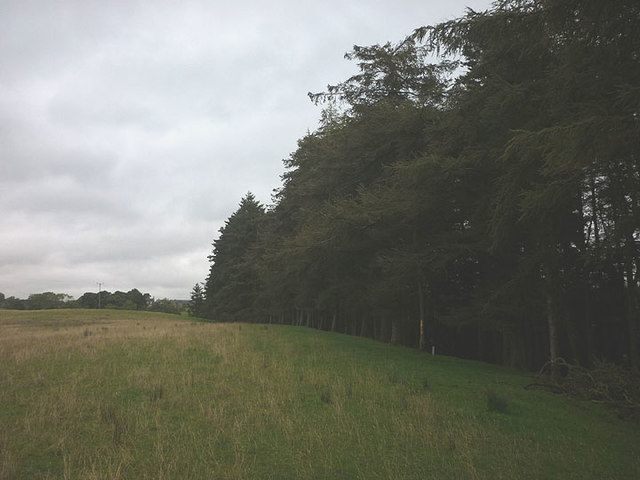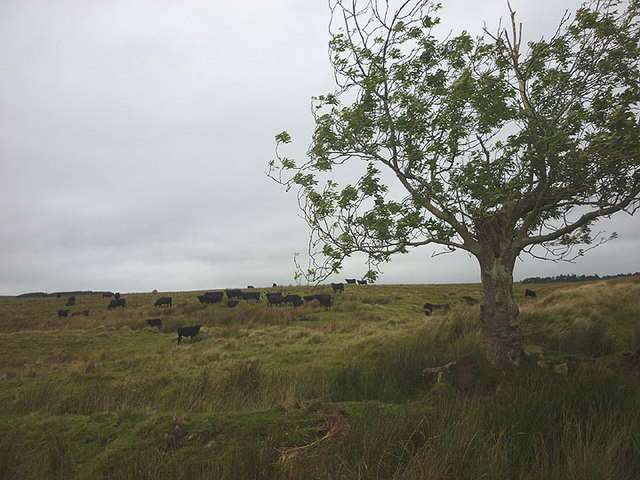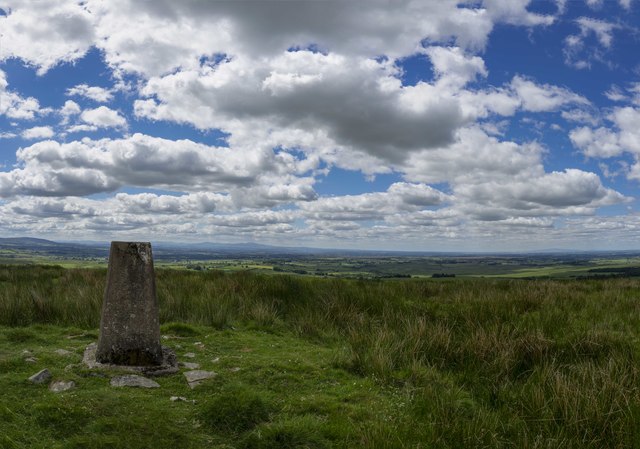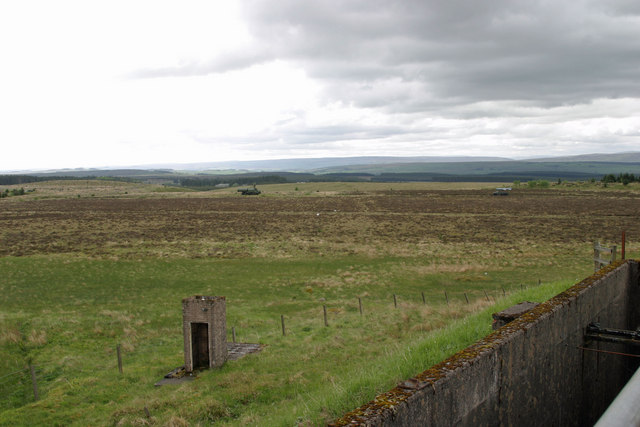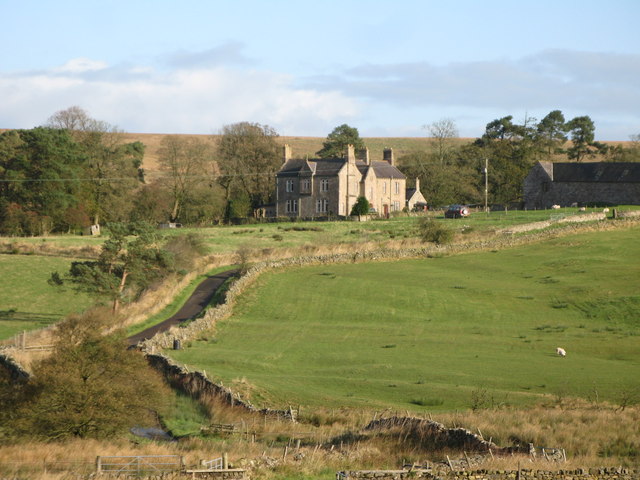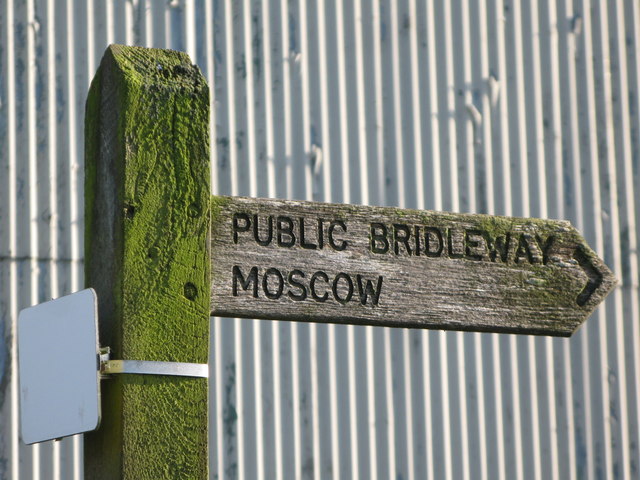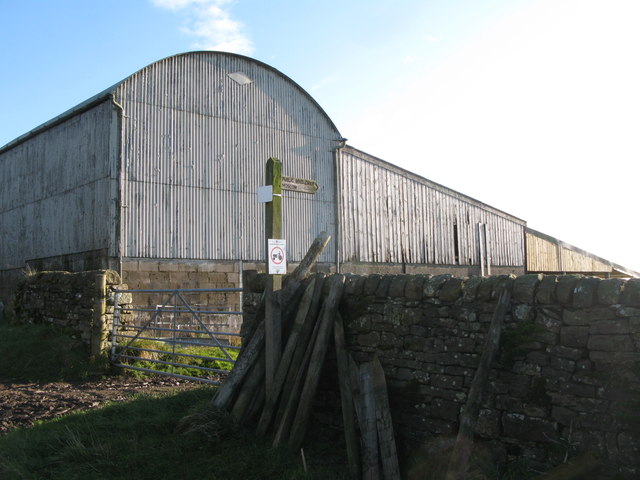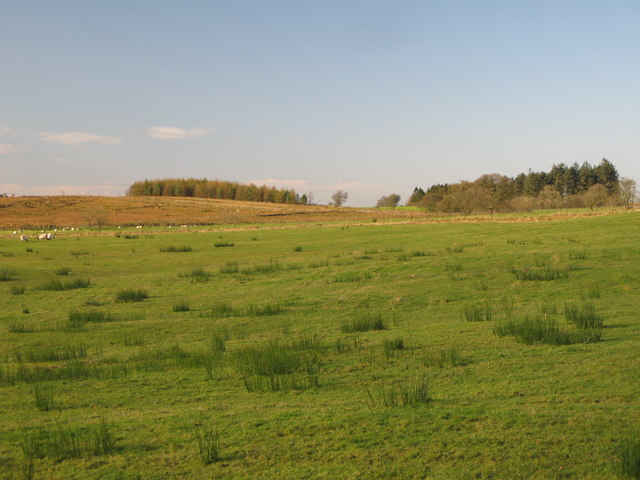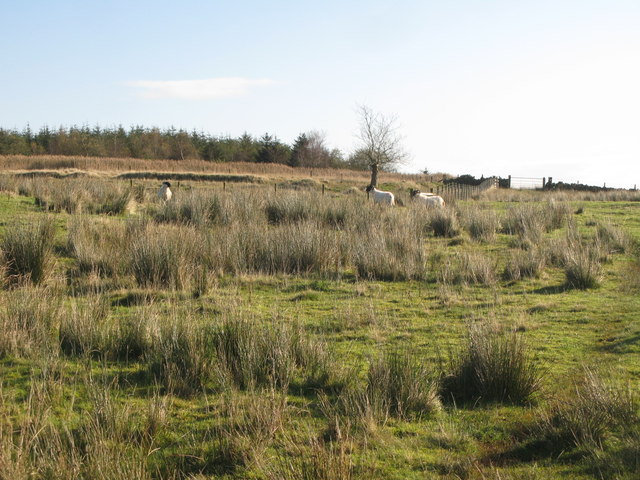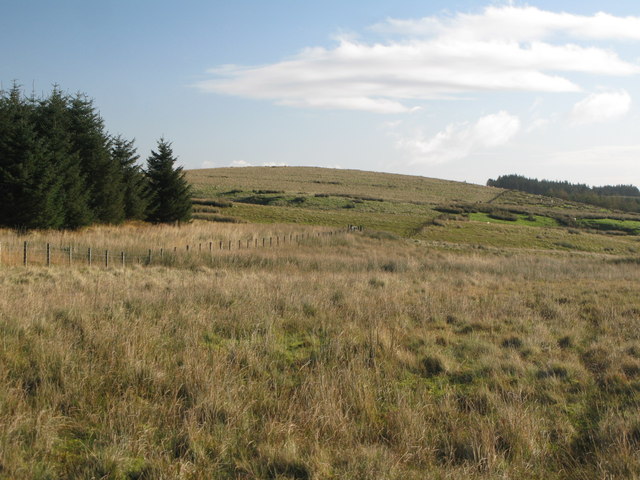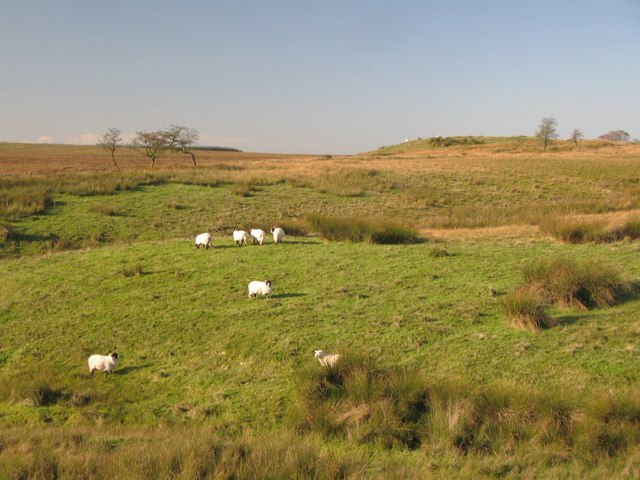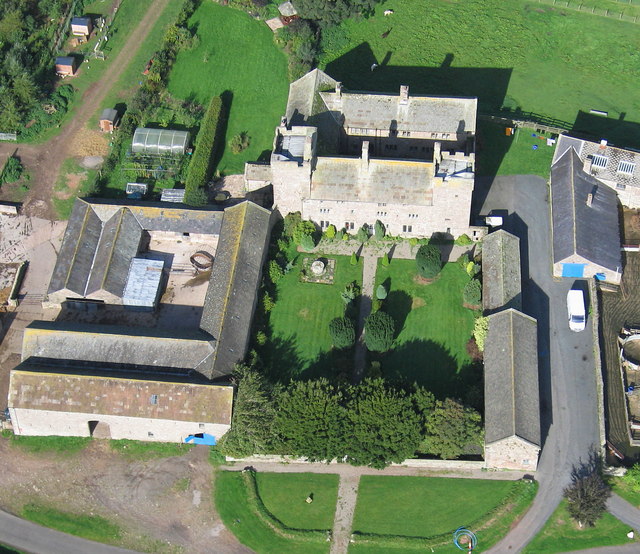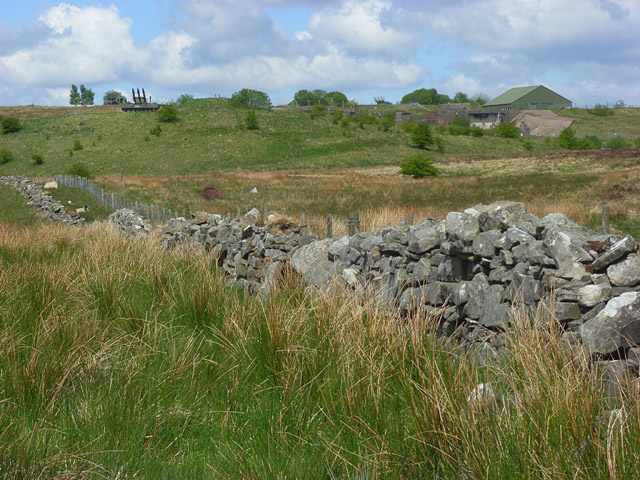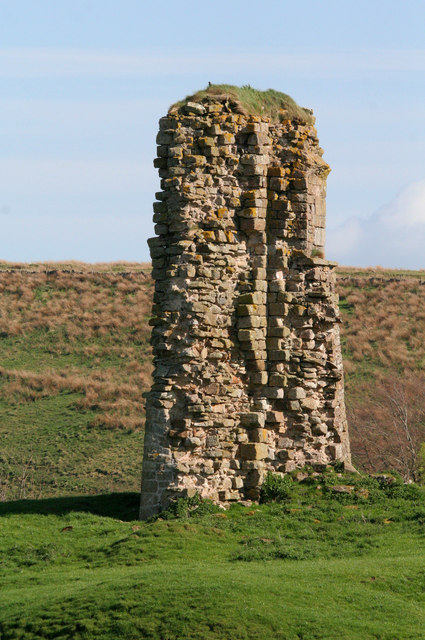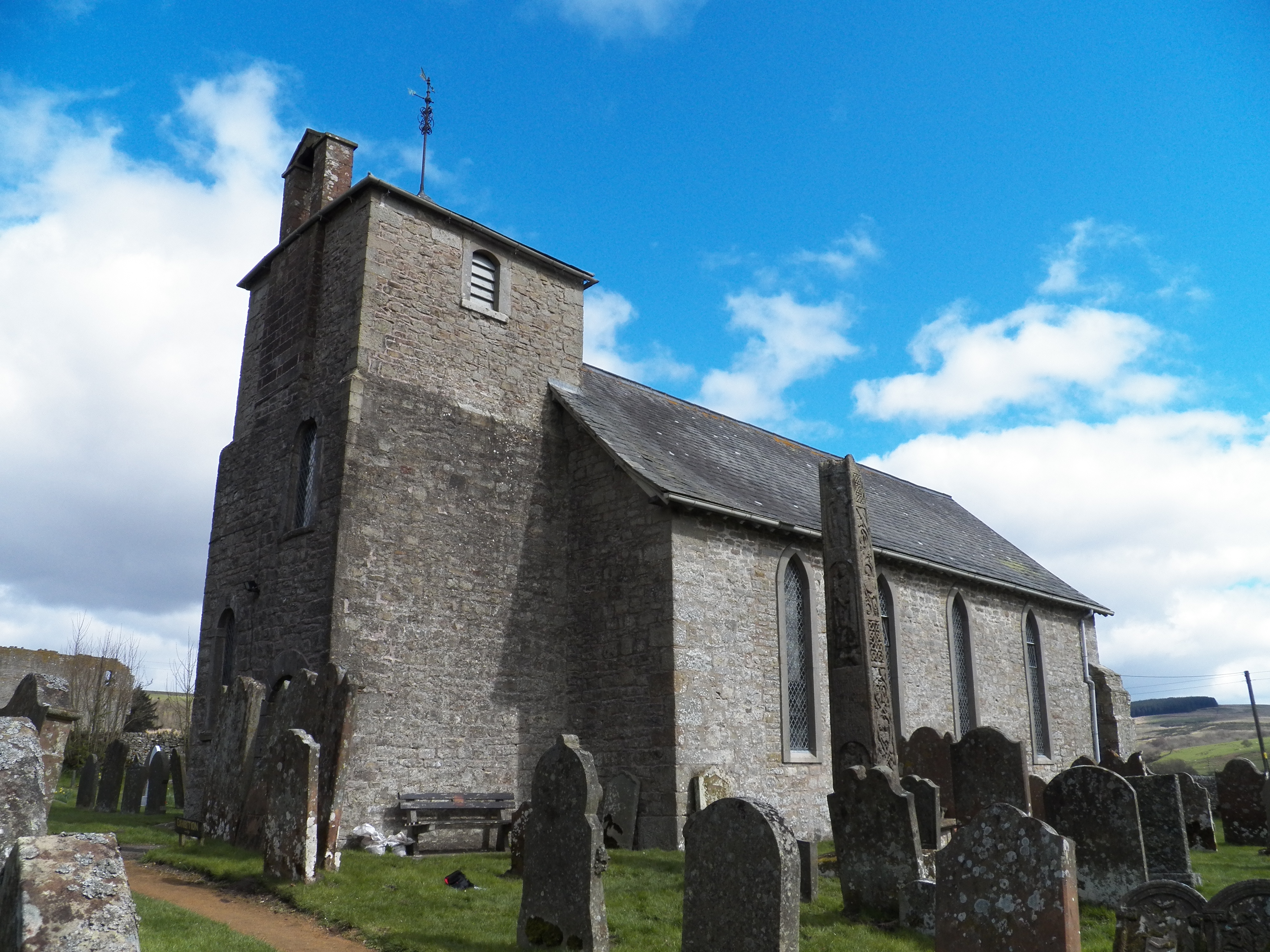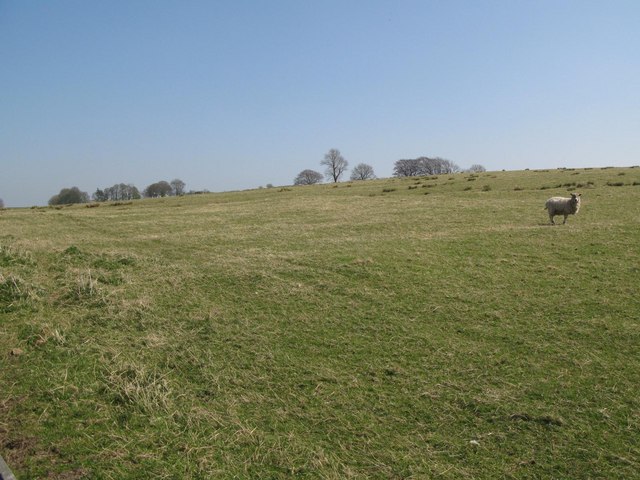Ash Moss Plantation
Wood, Forest in Cumberland Carlisle
England
Ash Moss Plantation
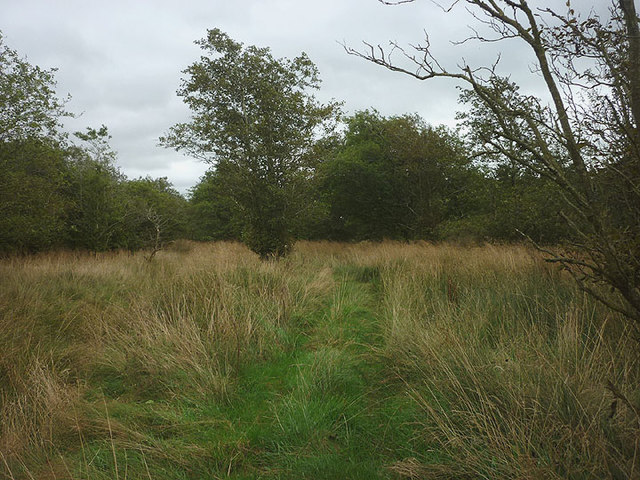
Ash Moss Plantation is a sprawling woodland estate located in Cumberland, a forested region known for its natural beauty and diverse wildlife. Covering an expansive area of land, the plantation is characterized by dense woodlands dominated by ash trees and a thick layer of moss that blankets the forest floor, giving the plantation its name.
The plantation boasts a rich history that dates back several centuries. Originally established as a logging operation in the early 1800s, Ash Moss Plantation quickly evolved into a thriving timber business. The towering ash trees provided an abundant source of high-quality timber, which was in high demand for construction and shipbuilding during that era.
Today, the plantation serves as a protected area, managed by conservationists and environmentalists. The forest ecosystem is carefully preserved and serves as an important habitat for a diverse array of flora and fauna. The ash trees, with their distinctive bark and graceful branches, provide shelter and sustenance for various bird species, including woodpeckers and owls. The forest floor, covered in a thick layer of moss, is home to a variety of small mammals, amphibians, and insects.
Ash Moss Plantation offers visitors a unique opportunity to immerse themselves in the beauty of nature. Hiking trails wind through the forest, offering stunning views of the moss-covered landscape and the chance to encounter some of the region's wildlife. The plantation also hosts educational programs and guided tours, allowing visitors to learn about the importance of forest conservation and the plantation's role in maintaining the delicate balance of the ecosystem.
In conclusion, Ash Moss Plantation is a magnificent woodland estate in Cumberland, renowned for its lush ash trees and moss-covered forest floor. Its rich history and commitment to conservation make it a destination of choice for nature enthusiasts and those seeking a tranquil retreat amidst the beauty of nature.
If you have any feedback on the listing, please let us know in the comments section below.
Ash Moss Plantation Images
Images are sourced within 2km of 55.024139/-2.6530903 or Grid Reference NY5870. Thanks to Geograph Open Source API. All images are credited.
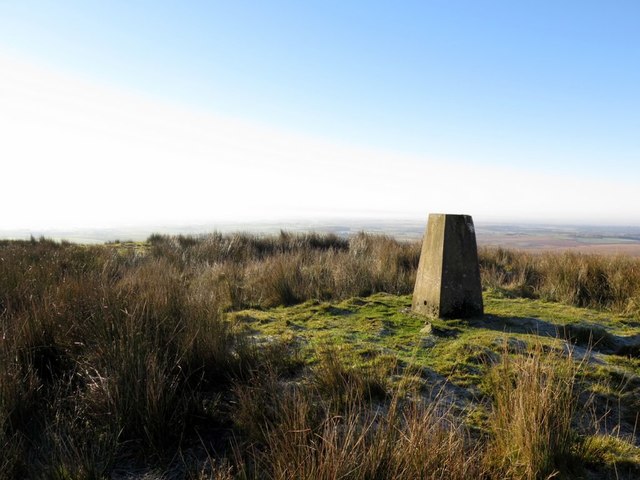


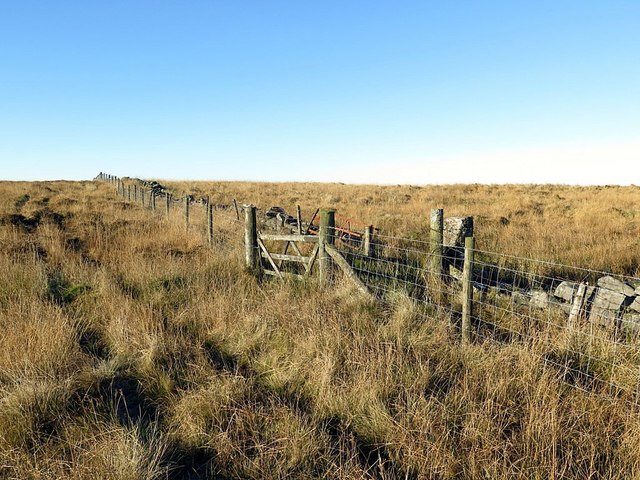
Ash Moss Plantation is located at Grid Ref: NY5870 (Lat: 55.024139, Lng: -2.6530903)
Administrative County: Cumbria
District: Carlisle
Police Authority: Cumbria
What 3 Words
///compiler.strides.quality. Near Brampton, Cumbria
Nearby Locations
Related Wikis
Nearby Amenities
Located within 500m of 55.024139,-2.6530903Have you been to Ash Moss Plantation?
Leave your review of Ash Moss Plantation below (or comments, questions and feedback).
